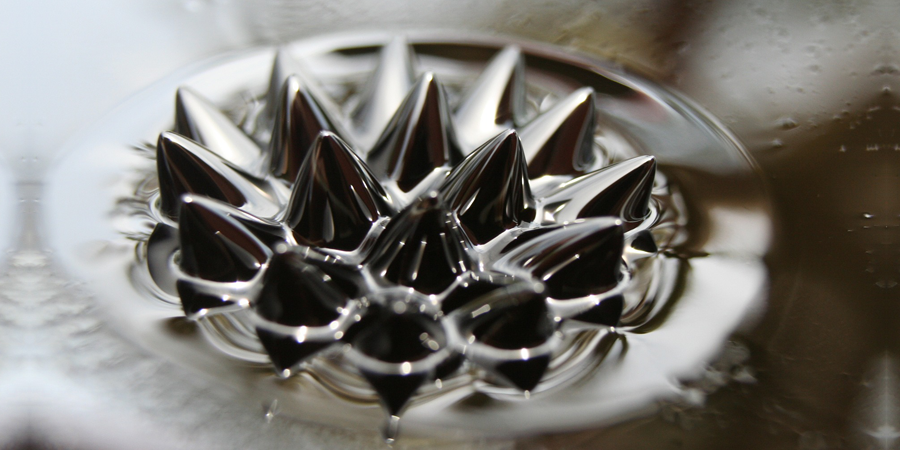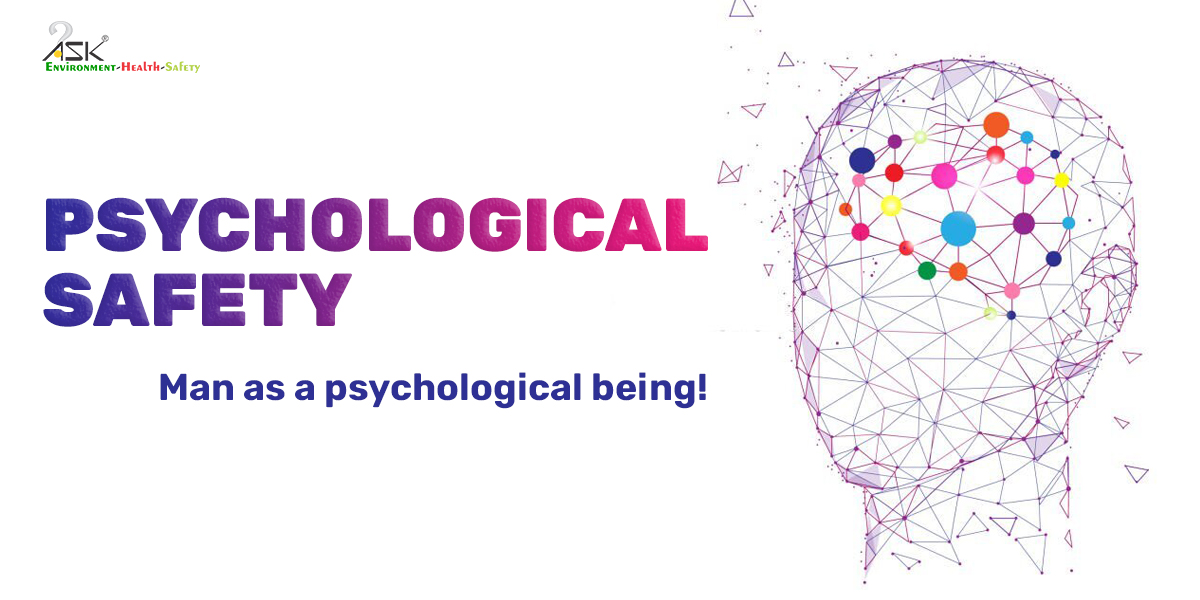Nanotechnology – Health and Safety perspective

With the help of nanotechnology, a race has begun throughout the world to reduce the size, weight, appearance, and some other properties of the products. Nanotechnology is a relatively new science that connects physics, chemistry and biotechnology together. There is a great possibility of nanotechnology enabled products in different sectors such as defense, medicine, forensic, electronics, robotics, transportation, construction etc.
In a past few years the scientists and engineers became increasingly good at designing engineering materials down at the level of atoms or small groups of atoms. Using these new skills, scientists are beginning to create material that are good at turning sunlight into energy or to deliver anticancer drugs or even turning polluted water in to potable water. They are even finding new ways to make glass that doesn’t break when you drop it, batteries that last longer, hand gloves and shoes that don’t get wet when they are exposed to mud or liquid, T shirt that smell fresher when you wear it for few days.
Cars are being manufactured with nanomaterials, so they may need fewer metals and less fuel to operate in future. This is really a powerful tech involving wide range of applications. It is helping us to do stuff we couldn’t even dream of during just before few years ago.
An area of concern is the effect that industrial scale manufacturing and use of nanomaterials would have on human health and environment. Inhaling nanofibers may lead to pulmonary diseases (e.g. fibrosis). Some form of carbon nanotubes could be as harmful as asbestos, if inhaled in large quantity. Some of them have a potential to cause mesothelioma.
So these forms of materials need to be handled very carefully. If a worker is exposed to the inhalation of nanoparticle containing paints, the particles shall enter deep in to lungs (alveoli). Toxicity may arise when the particles or fibers are insoluble and are difficult for the macrophages to ingest them and hence the lungs can’t clear them. They may persist for many years, triggering inflammation and local lung damage. They can also trigger inflammation in other parts of the body (such as the cardiovascular system) or can be carried through the circulatory system and onward into other organs.
Nano materials are also found in construction products, primarily in surface coatings, concrete, window glass, insulation and steel. Usage rates appear to be relatively low but are expected to increase considerably. Work activities in construction and demolition release dust and may therefore also release engineered or manufactured nanoparticles, if these are present – for example, cutting, drilling and sanding during construction, and concrete crushing at demolition. Dust is a very significant hazard for those working in construction and demolition. The particles can penetrate through skin due to their smaller size. The use of almost all currently available nano-enabled construction products is likely to add significantly to the risks already present.
Carbon black (CB) is a manufactured substance used predominantly in rubber manufactures and tire industries produced in large quantities for the last 100 years. The primary particle size of carbon black can be as small as 15 nm. In construction, it can be used in coatings for example to shield against radio waves or to provide electrical conductivity. Epidemiological studies of those working in a manufacturing environment with carbon black have shown evidence of reduced lung function and respiratory symptoms. Carbon black is classified as a ‘possible carcinogen’ International Agency for Research on Cancer based on animal studies.
What can be done to protect employees while handling substance that is in powder form? Handle the powder inside the glove compartment, otherwise use personal protective equipment, handle waste according to an appropriate procedure, transport material in an appropriate container, and specifically indicate the contents of product. Are we certain that whether our personal protection equipment effective? European project nanosafe was the first to test various sorts of the protective gears such as filtering masks, gloves, coats etc to check their effectiveness against the aerosols and liquids.
Because nanotechnology is so powerful, we need to be careful as well about how we use it and how it can affect our health and environment. The Last thing we want is to destroy the health or our environment. The good part of it is that manufacturers are seriously doing a good work to assess the hazards and determining the controls. It is a right of the users to ask questions to material suppliers regarding the exact content of unfamiliar products, particularly those which may contain nanoscale fibers. There is also a responsibility on manufacturers and those developing new products to ensure that these are designed and manufactured considering the health risks of the users.


